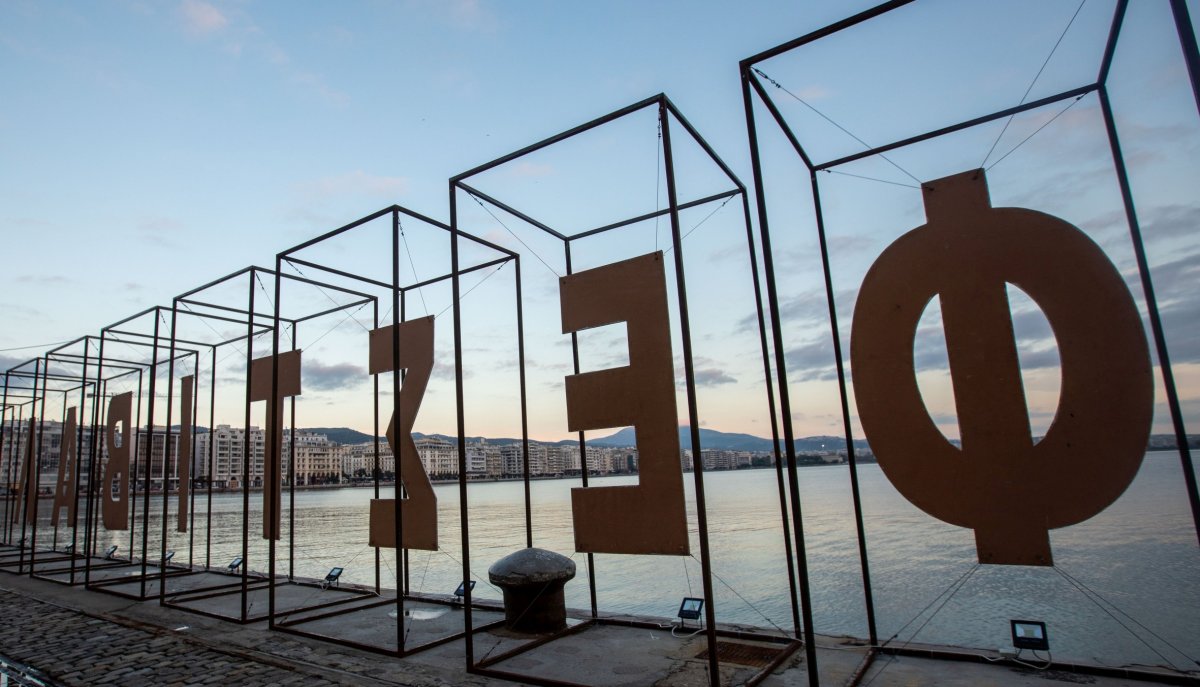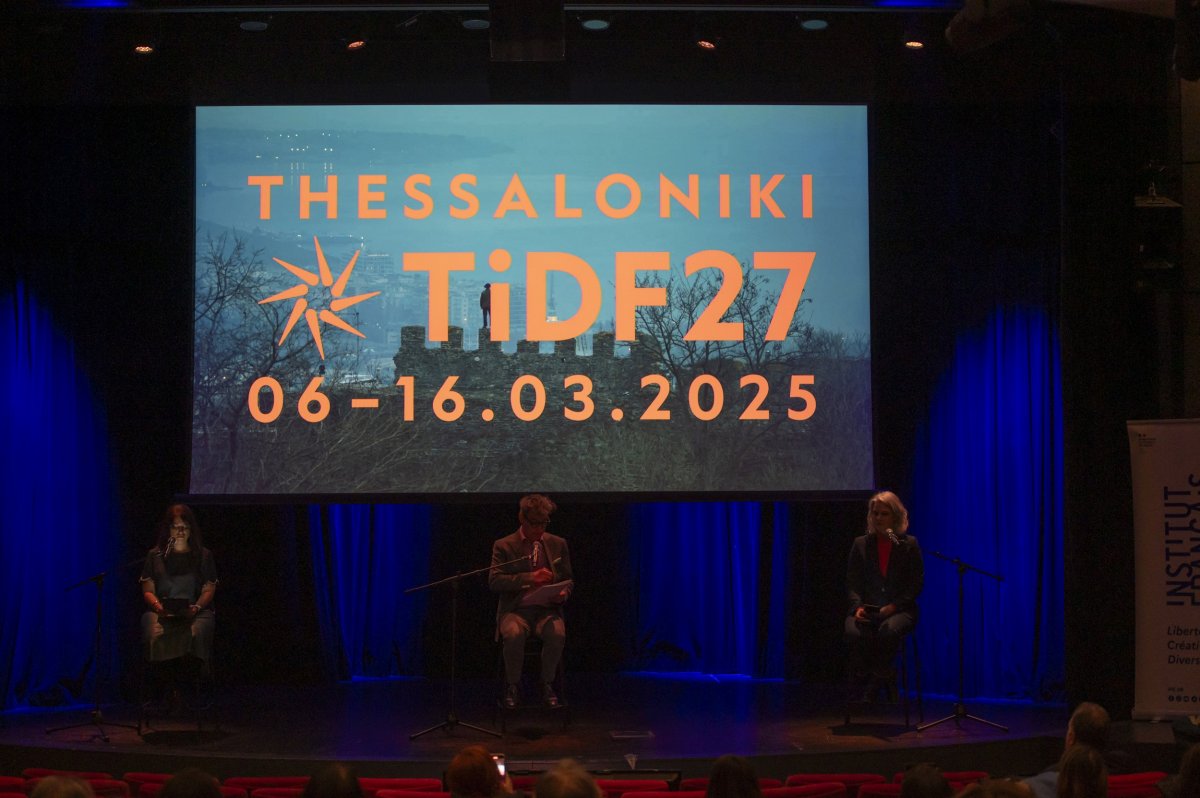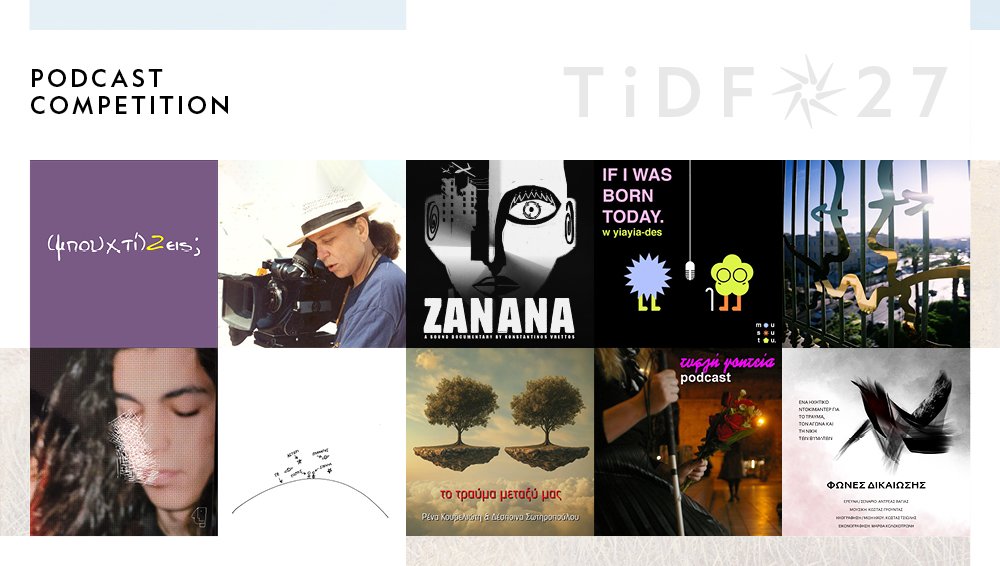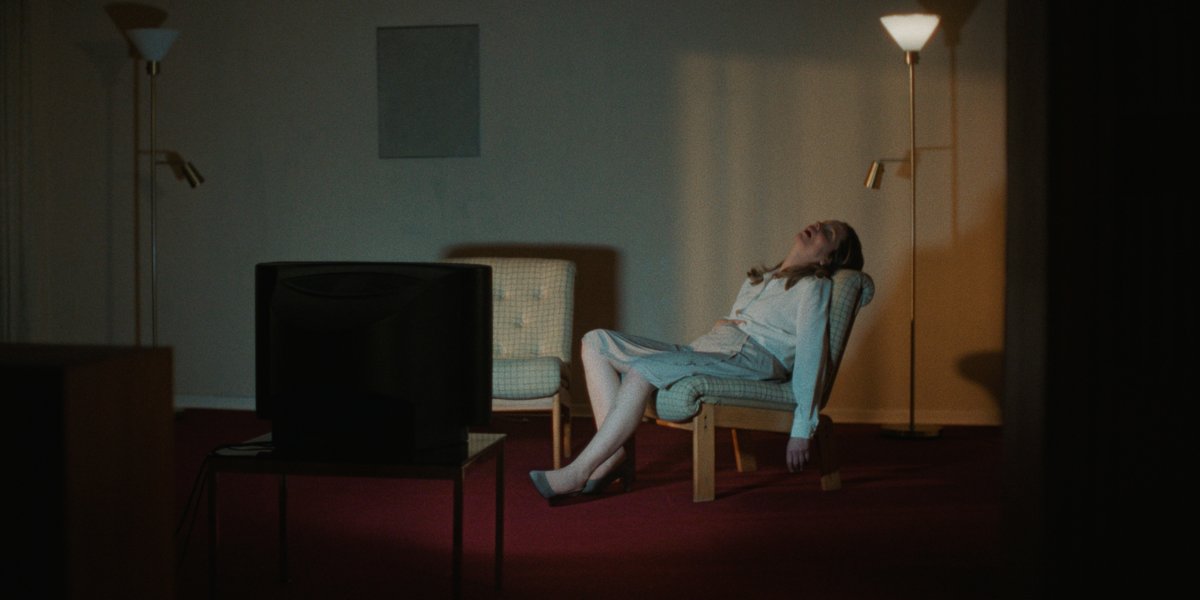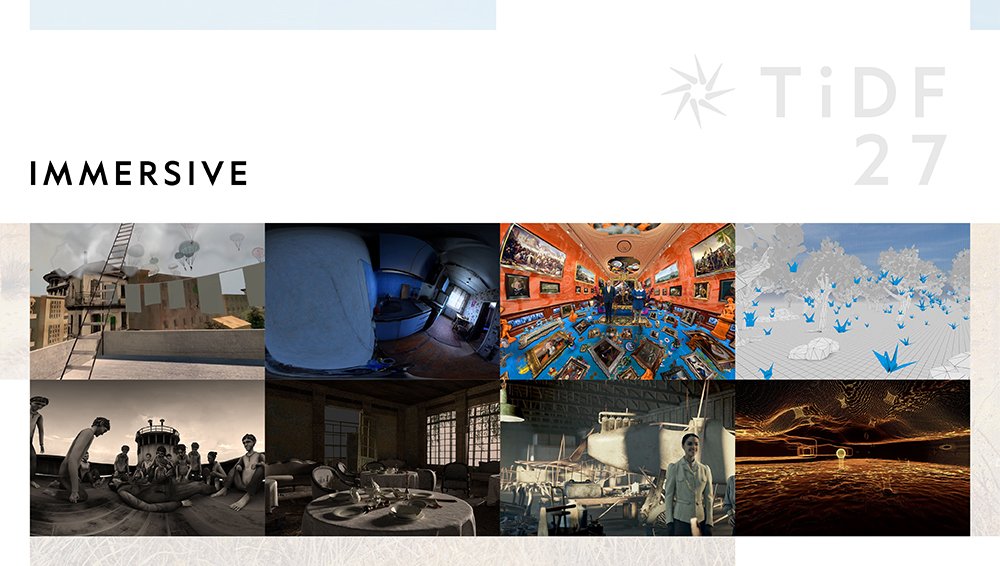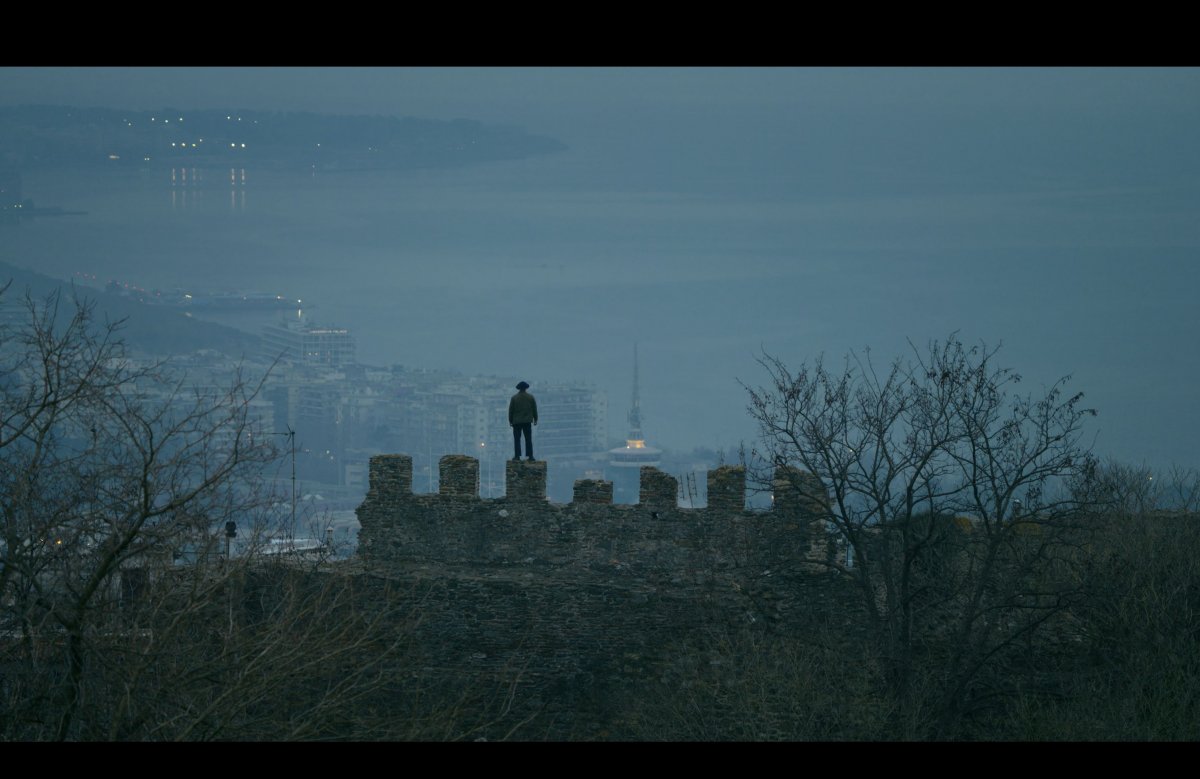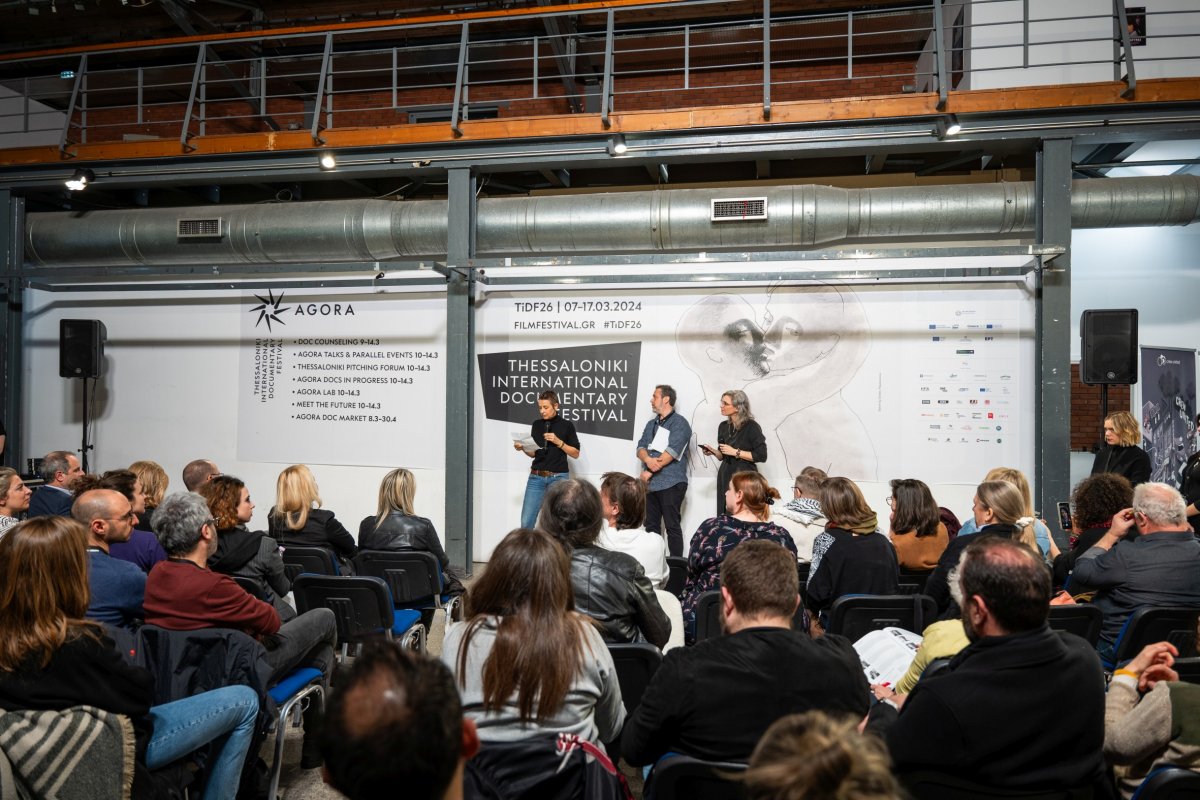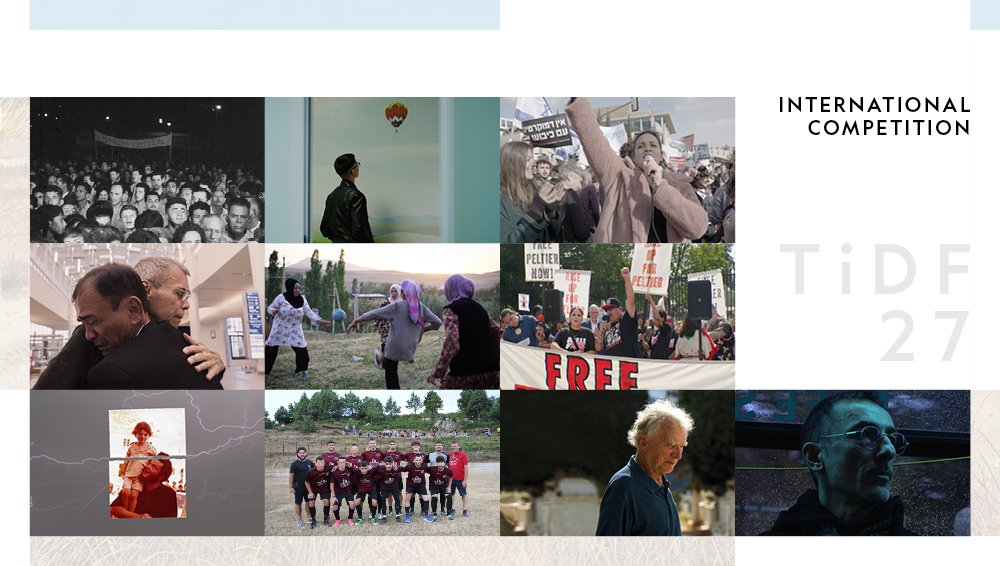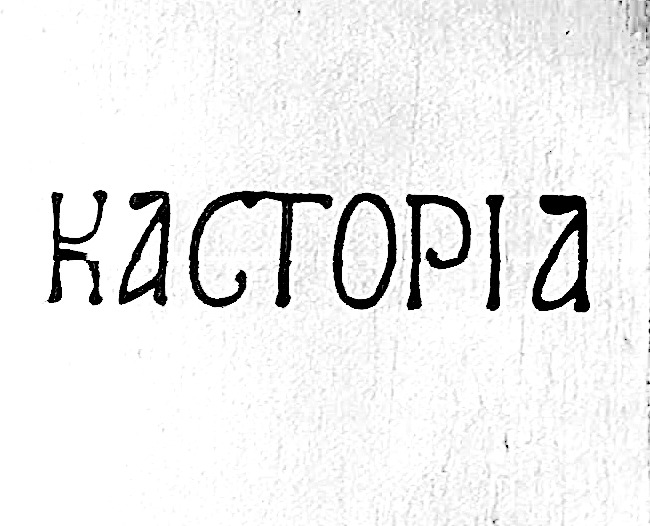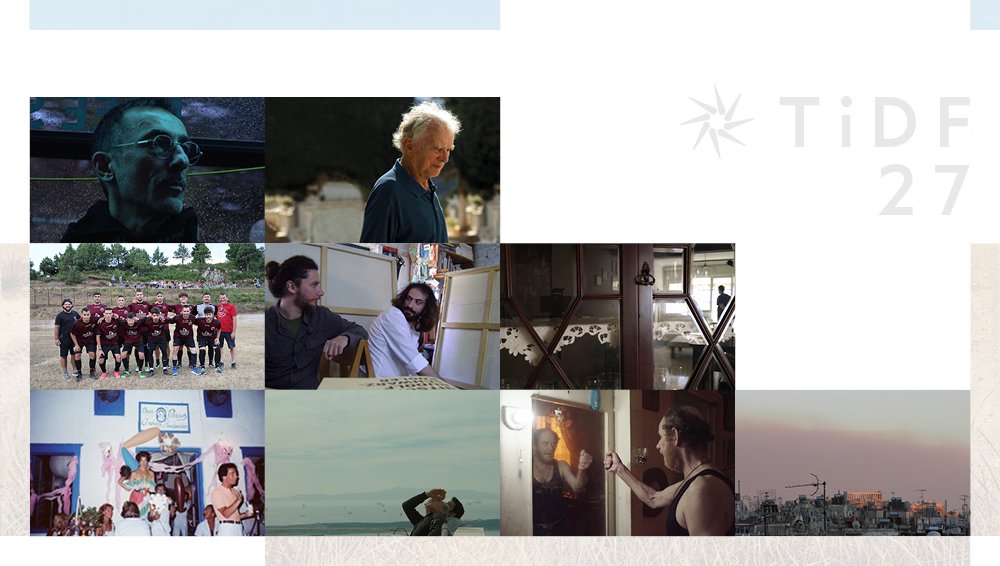THE EXPEDITION TO THE END OF THE WORLD / BACK TO THE SQUARE /
MY MOTHER OAK
As part of the 15th Thessaloniki Documentary Festival, a Press Conference was held on Thursday, March 21, 2013. Participating were directors Daniel Dencik (The Expedition to the End of the World), Petr Lom (Back to the Square) and Mahmoud Rahmani (My Mother Oak).
An epic voyage in a three-masted ship off the coast of Greenland is the subject of the film The Expedition to the End of the World. The crew – artists, geologists, astrobiologists and other scientists – discover new life forms and meditate on existential questions. Director Daniel Dencik recounted how he experienced the adventure: “I found myself on a ship travelling from Copenhagen to Greenland for three weeks. I expected to make a film about the apocalypse, the end of the world. But as filming went on, I understood that I had made a mistake: the scientists convinced me that the end of the world was not coming; at least not in the way we had expected it. Life will not end like that. From this point of view, I not only experienced a voyage through nature, but also a philosophical voyage. I was lucky, because the people appearing in the film are somewhat reminiscent of Beckett characters. In one scene, a character says that we think nature will disappear, while in reality it is our species that will be lost. While looking for financing, we were asked to give a message of hope. Our message is that we are miniscule in a vast universe”. Referring to the stunning images on the screen, the Danish director explained: “I felt responsible for the fact that the audience would see images from areas where very few people have been. At one point I felt hesitation, much like when you discover a great new restaurant and ask yourself whether you should tell others about it –worrying if everyone will be going there afterward”. Regarding his intention to join the general discussion on nature with his film, Daniel Dencik noted: “I don’t believe there is any meaning in the discussion about climate change. I don’t believe we can fix the climate, because it would have changed in any case, and it will always change. But it is meaningful to see nature and life as things we should enjoy and celebrate”.
Asked about the difficulties he faced shooting his film, the Danish director answered: “We faced unbelievable difficulties, such as the lack of electricity. We had very little electric power from a generator and we had to be very economical during shooting”. He also referred to his new project, noting: “It is a fiction film, a genre I have worked in more often than that of the documentary. At this time I am working on the script. The film’s backdrop will once again be a ship, while the subject this time will be the slave trade. During the 17th and 18th centuries, Denmark was sending slaves from Africa to the USA”.
In the film Back to the Square, Petr Lom also makes a voyage. But this voyage is to a troubled part of the planet, Egypt. 1 year after the events at Tahrir Square, the director of Czech descent discovers that the demonstrators’ demands have not been met, even in the slightest. During the Press Conference, Petr Lom bitterly remarked that while he was shooting the film he believed that it would soon be dated, obsolete. “I didn’t imagine that I would be here to present it”, he said and added: “Shooting lasted from January 2012 to the end of that year, and we were editing at the same time. Unfortunately, the situation has not changed at all since then, we are constantly hearing about human rights abuses in Egypt. If anything has changed, it is that the slogans heard today are mainly aimed against the Muslim Brotherhood. I hope the roles change soon, I can see that young people are not willing to accept the various forms of injustice and they protest”. Referring to the people who appear in his film and the way in which he chose them, Petr Lom said: “I found some of them through the Media which had publicized their stories, as for example the young girl who has to undergo a virginity test. I found others by chance, such as a young couple that was arrested; I met them at the police station. I wandered ceaselessly in markets, searching for material”.
There are many people in the film holding cameras or mobile phones in their hands, recording the events in Tahrir Square. The director commented: “Some people have said that the Tahrir rebellion has been the most filmed. But it’s one thing to record events and another to do so knowing that they will be used in a documentary”. On the subject of the difficulties of filming he recalled: “Sometimes we were accused of being Israeli agents. There were also cases where we were threatened, something that is part of our job in any case”. These days Petr Lom is shooting yet another film in Egypt, this time telling the story of a young actress. “The women’s issue is one of the most important subjects defining the Egypt of today, and at the same time one of most ignored, and for this reason I want to highlight it”, he declared.
Mahmoud Rahmani’s film My Mother Oak also follows the road to the East, in southwestern Iran. The film follows the construction of the Karun-3 dam, on account of which more than 50 acres of forest were covered by water. Assad, the protagonist of the film, was made homeless when his village was flooded due to the construction of the neighboring dam. All of these issues were familiar to Mahmoud Rahmani, as he himself was born and raised in southwestern Iran. “I know the area very well. After the Islamic Revolution, the 27 existing dams became about 500. I didn’t know Assad personally, but I had heard of him. I was drawn by the human dimension of the problem, and I wanted to explore it deeper”. The film is a poetic view on an environmental issue. Speaking about his aesthetic choices, the Iranian director said: “I try to keep experimenting, to do things that haven’t been done before, and at the same time show true events, the realities that people live in”.
The films are part of the 15th TDF program, which is financed by the European Union’s Regional Development Fund for Central Macedonia, 2007-2013.




